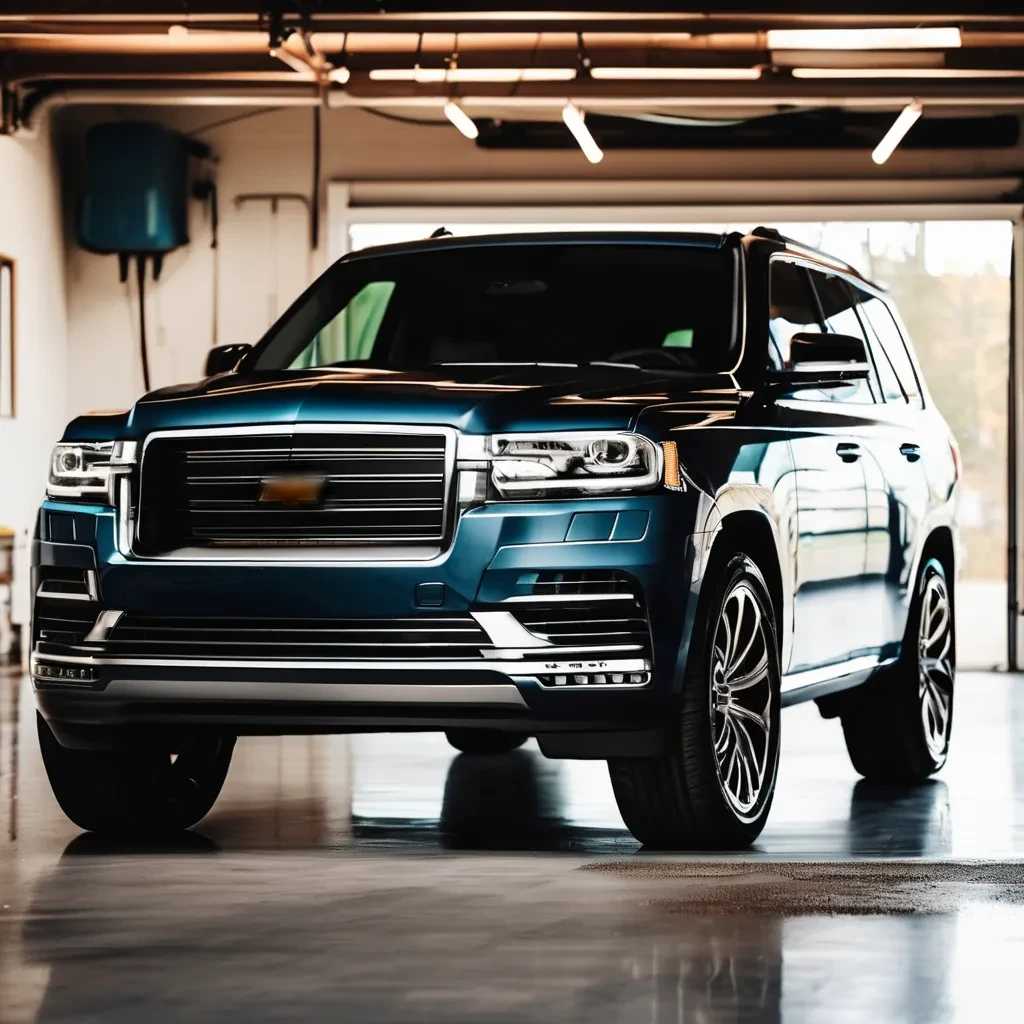When leaving your home for an extended period, many snowbirds wonder what needs to be done with their vehicle. Long-term storage without proper preparation can lead to issues when you return. At Northern Nest Services, we want to ensure your home and vehicle are in top shape when you come back. We talked with Austin Lutz, Owner of BAM! Automotive in Minnetonka and St. Louis Park. Here are a few of his suggestions on how to prepare your car for the winter season while you’re away.
1. Clean Your Car Inside and Out
A thorough cleaning prevents dirt, grime, and food remnants from damaging your car’s interior and exterior. Leftover food particles can attract pests, while dirt and salt on the exterior can lead to rust. Waxing your car is also a good idea to protect the paint while it sits.
Extra credit tip: Remove any food (including pet food) from your garage so that rodents are not attracted to your vehicle. Some people have seen good results with putting drier sheets in the vehicle in various places to also discourage rodents from damaging your vehicle.
2. Top Off Fluids
Ensure all your car’s fluids—oil, coolant, brake fluid, transmission fluid, and windshield wiper fluid—are topped off and clean. Dirty fluids can contain chemicals that break down gaskets and cause leaks.
Time saver tip: Getting an oil change before you take off is a great way to have clean oil, fluids checked, and other items in this list checked.
3. Maintain the Battery
A car’s battery can drain if it sits for too long. If possible, have someone start the car periodically or invest in a trickle charger to maintain the battery. Another option is to disconnect the battery entirely.
Word of caution: Disconnecting the battery on many modern vehicles can cause the certain vehicle systems to need reinitialization once reconnected. The best thing to do is to invest in a trickle charger to maintain your battery life.
4. Check Tire Pressure
Tires can lose pressure over time, especially when the vehicle isn’t being driven. To avoid flat spots, over inflate the tires slightly before you leave (5-10 psi). If the vehicle will be stored for an extended period, consider using jack stands to take pressure off the tires altogether.
Pro tip: Your vehicle will have the recommended tire pressure on a sticker on the driver’s door jam. Compare that to the maximum tire pressure that is seen on the tire itself. Do not exceed the maximum inflation pressure on the tire.
5. Fill Up the Gas Tank
A full tank of gas prevents moisture from accumulating inside the tank, which can cause corrosion. If you’re leaving for several months, consider adding a fuel stabilizer to keep the gasoline from degrading.
Service tip: Adding a stabilizer is relatively inexpensive and is an easy add on, but there’s no reason to add more than the recommended amount – more is not better. Read the instructions and make sure you drive the car after adding the stabilizer so that it circulates through the whole fuel system.
6. Schedule Regular Check-Ins
Have Northern Nest check on the vehicle to make sure the tires haven’t gone flat and that the battery tender is still working properly. It helps to make sure the vehicle starts and runs.
By following these steps, you can keep your car in prime condition while you’re away for the season.
If you have specific car questions, please contact your trusted mechanic or you can call Austin Lutz at BAM! at 952-800-9304.
If you’d like to talk with Northern Nest about home check services please call tel:763-228-4996 or contact us here.

